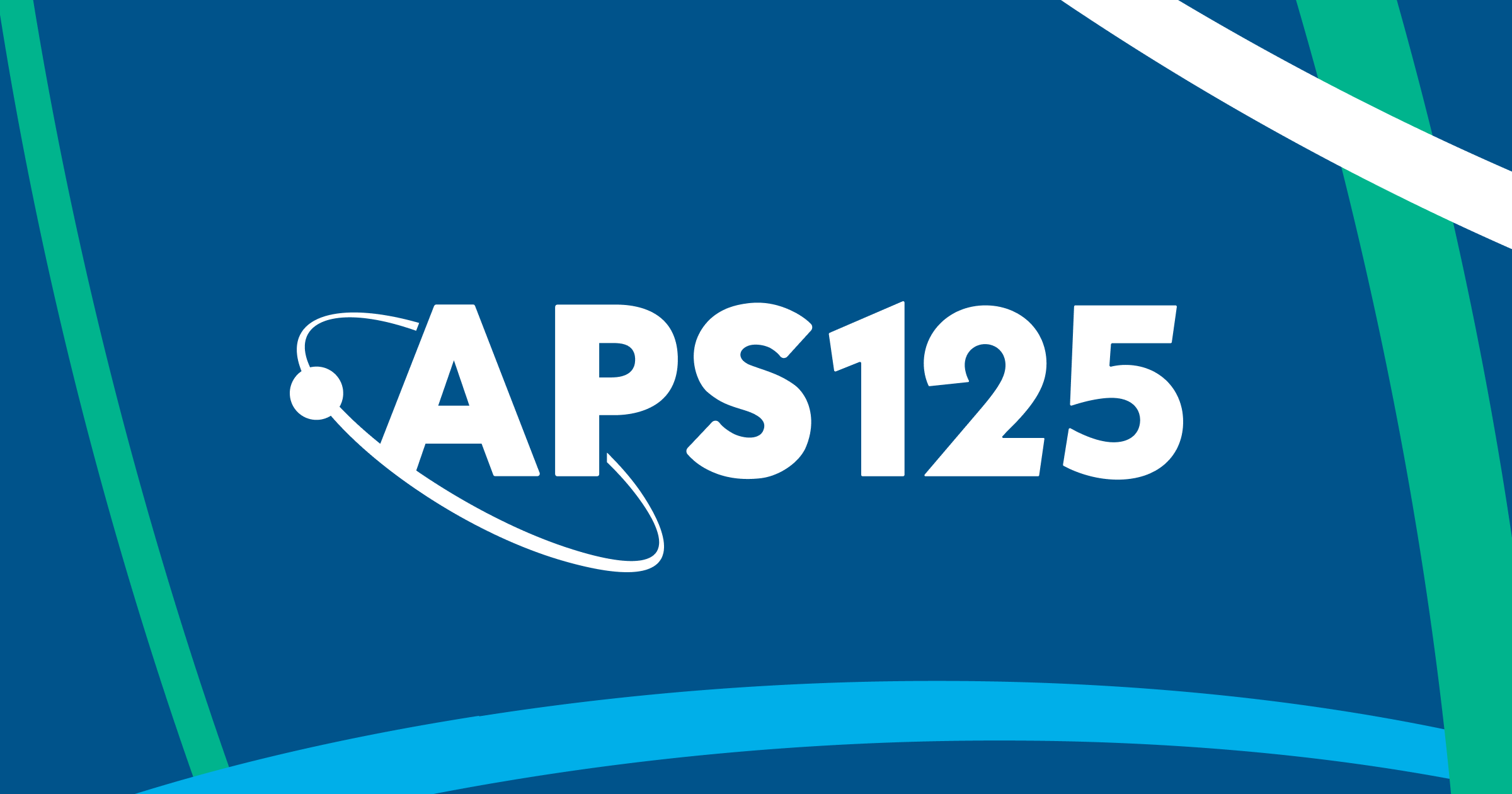Beginning next year, the James Webb Space Telescope will scan a sampling of the nearly 5,000 alien worlds already discovered around other stars to help astronomers identify which of the rocky planets might have atmospheres that could sustain life.
The new telescope is 100 times more powerful than Hubble.
“It’s got so many modes, and so many filters, and so many gratings, and spectroscopy mixed with imaging, that it’s a perfect machine for the next step in studying planets around other stars and measuring their atmospheres.”
“We know, basically, that if you look up at the night sky, every star has a solar system around it,” Grunsfeld said.
“You will be able to detect stuff like water, carbon dioxide, ozone in these planets,” Espinoza said.
Water, in particular, could be detectable in the atmospheres of exoplanets with a huge infrared telescope like Webb. If they don’t have atmospheres, Webb might be able to tell scientists about the composition of the planets’ rocky surfaces.
Webb also has the sensitivity to directly image planets the size of Neptune around other stars, according to Espinoza. Current observatories can only image planets the size of Jupiter.
The transit observation method only catches a small fraction of exoplanets that happen to orbit their star in a path that lines up with our solar system. But the method allows scientists to use starlight to tease out details about planetary atmospheres.
“Until recently, the only planetary system known was our own solar system,” said Antonella Nota, ESA’s Webb project scientist.
“Are we alone? Is Earth unique? Do we have other planets out there that can host life? (These are) very ambitions questions that speak to all of us. So Webb study in detail the atmospheres of these exoplanets.”
Closer to home, Webb will point toward Jupiter’s moon Europa, which has a global ocean of liquid water buried beneath an icy crust. Webb could confirm a tentative detection made by Hubble of water plumes erupting through Europa’s ice shell.
The remote observations with Webb will help scientists prepare for the arrival of NASA’s Europa Clipper mission at Jupiter. That robot probe is set for launch in 2024 and will repeatedly fly by Europa with a sophisticated instrument suite to study the moon’s geology and environment.
Webb will also gather data on the climate of Mars, the structure and moons of Uranus and Neptune, and the population of frozen miniature worlds in the Kuiper Belt at the outer frontier of our solar system.
“It’s been a long road to get where we are,” said Heidi Hammel, a Webb interdisciplinary scientist at the Association of Universities for Research in Astronomy. “Even so, we planned such a revolutionary telescope that it has stood the test of this time.”
So we still know very little.
